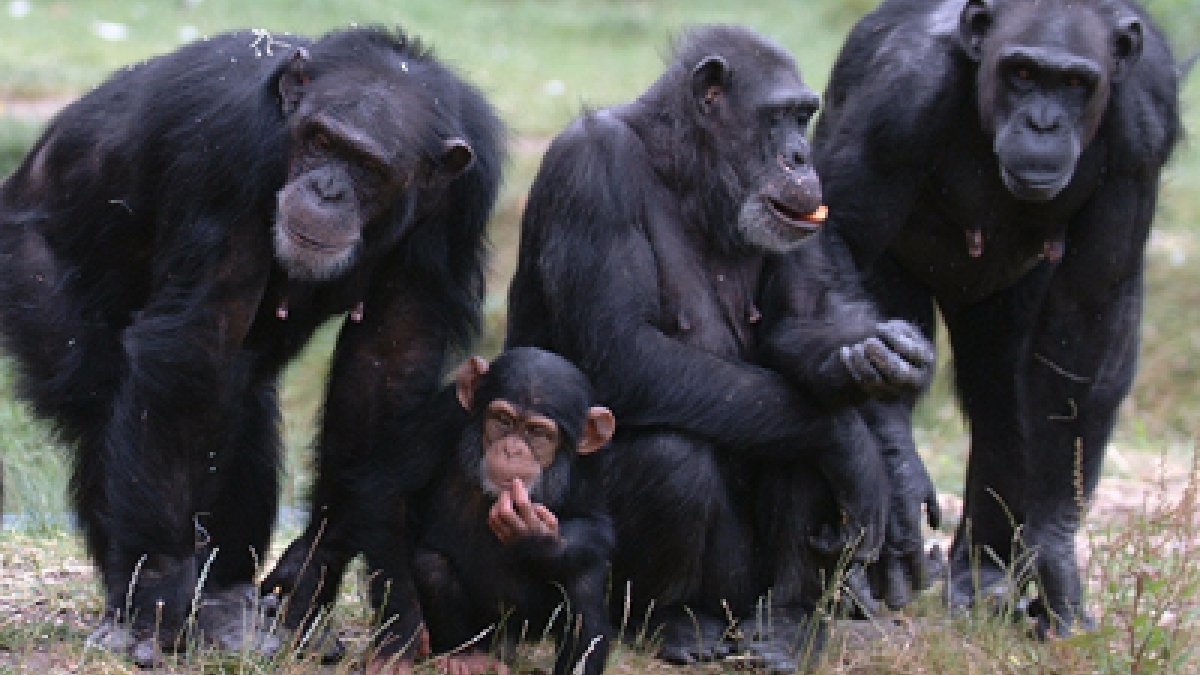Researchers find that cultural evolution is similar for humans, chimpanzees

Humans and chimpanzees appear to share the ability to sequentially adopt cultural traits, thereby increasing cultural complexity in a cumulative fashion.
The research behind this discovery by Arizona State University evolutionary anthropologist Jason Kamilar and evolutionary psychologist Quentin Atkinson of the University of Auckland appears this week in the Proceedings of the National Academy of Sciences.
The findings address a subject that generates much discussion, yet is difficult to investigate.
“The evolution of human culture is well-documented in the paleontological record, but similar data are absent for other primates,” says Kamilar, adjunct faculty in the School of Human Evolution and Social Change in the College of Liberal Arts and Sciences.
Kamilar and Atkinson examined the possibility that sequential cultural evolution is shared between humans and great apes in the form of “cultural nestedness,” or the tendency of populations with small cultural repertoires to comprise a proper subset of traits of more complex repertoires.
Using statistical tools from community ecology, they quantified the degree of nestedness in four datasets representing the presence or absence of numerous cultural traits from indigenous human populations in California and New Guinea. Next, they compared the human patterns to those found in chimpanzees and orangutans.
They discovered that cultural repertoires exhibited a significant degree of nestedness in humans and chimpanzees, but not in orangutans.
Their findings suggest that the necessary traits for sequential cultural evolution arose in the last common ancestor of humans and chimpanzees.
“Alternatively, this feature of culture may have originated earlier in time but was lost in modern orangutans because of extensive population level extinctions throughout southeast Asia during the last several thousand years,” Kamilar explains. “These extinctions may have been associated with a substantial loss of cultural diversity, resulting in modern orangutan cultural variation presenting in a random pattern across study sites.”